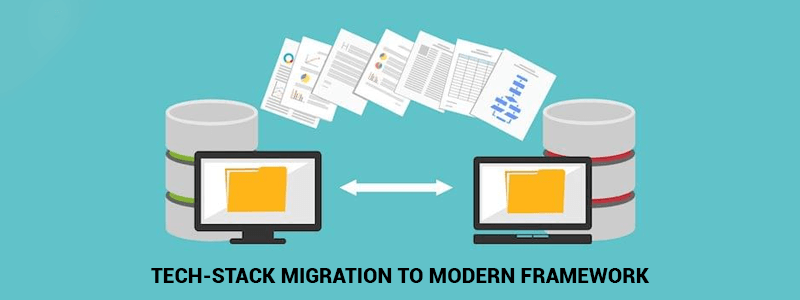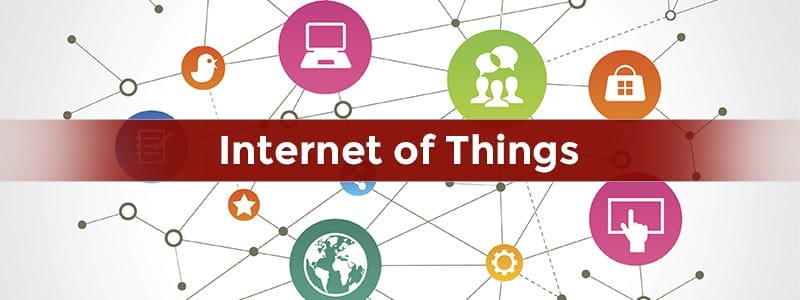Successful dashboards convey a great deal of dense necessary information with clarity and immediacy. Over time, a successful dashboard will improve an organization’s decision-making based on assisted goal-setting, help monitor negative trends, and improve workplace productivity. The various aspects of dashboard are as follows-
- A software that organizes information so that it is easy to read and interpret
- Provides up-to-date status information on Key Performance Indicators (KPI’s)
- Presents information visually through graphics – charts, gauges, maps, tables
- Information is simply presented, easy to monitor, and indicates where action needs to be taken.
Dashboard users- Who are they?
Administrators, directors, managers, executives and IT personnel will find dashboard extremely helpful. Dashboards are not only for top-level executives, even though it is the traditional perception of dashboards. Each user with access to a dashboard will have permission to view metrics that he/she owns and will not be able to obtain/view information that is unauthorized for that individual. Each role has a different set of funtional goals and objectives, requiring specific and tailored information to support their efforts. For example-
Executive
Annual contract value, monthly recurring revenue,customer churn analysis, and renewal rates represent a few of the KPIs important to executives. The information required by the executive team is critical and is capable of assessing the overall health of the business. Executives need to make decisions quickly and with the in-sight they get through the use of dashboards they get the tools to drive decisions quickly.
Marketing Manager
Today’s marketing managers make use of a host of analytical platforms to analyze ROI derived through the use of online channels. Clear visibility into performance is essential and critical in finding out the trends in plan success and the promotional programs that drive adoption and revenue growth per account.
Sales
While pricing models, territory plans and customer or account strategies are the main pillars for Sales Management, the best Sales Managers ensure the Sales team is working on Marketing’s
“upstream” programs such as promotional, cross-sell and upsell plans and tactics, so that the funnel is robust and revenue goals are met. Based on the data derived within dashboards, the Sales Manager can proactively make adjustments needed in the sales process in an easy and effective manner.
Customer Service Manager
The customer service manager has to frequently “switch hats” in fluid precision, between that of a growth-driven and of cost-cutting specialist, with tremendous skill and swiftness. An easy-to-use dashboard will drive quick adoption, thereby giving the CS Manager ample time to concentrate on other high-value projects.
Types of information that could be included in a dashboard report
-
Sales
Sales information can be reported as an individual dashboard report or included in the overall business report.
Examples of information that could be included are:
• Sales for the period (weekly, monthly, quarterly, annually)
• Comparison of sales for same period previous year
• Comparison against budgeted sales
• Cumulative sales for the period
• Total discounts applied
• Total discounts as a percentage of sales
• Number of sales
• Average value of sales
• Percentage of sales that are:
* Cash
* Credit
• Sales by employee
• Sales by item
• Top selling items
• Sales growth rate
• Number of new customers
- Work in progress
• Number of orders taken
• Orders in progress
• Orders completed, not invoiced
• Outstanding deliveries
• Production issues
- Gross profit
• Stock purchases for the period
• Stock on hand
• Stock ageing
• Stock on order
• Gross profit value
• Gross profit margin
• Mark-up
- Net profit
• Total amount of variable expenses
• Variable expenses against sales as a percentage
• Total amount of fixed expenses
• Fixed expenses against sales as a percentage
• Monitoring variations to individual expense items from previous periods by
setting appropriate trigger points, such as an increase by 5% or by dollar value
• Net profit value
• Net profit margin
• Breakeven calculation
- Business efficiency
• Debtors days
• Creditors days
• Inventory days
• Work in progress days
• Stock turnover
• Stock on hand to total assets
• Aged debtors report
• Aged creditors report
- Cashflow/liquidity
• Cash balances, including investments
• Financing facilities, including amounts drawn, available term and interest
charges
• Cashflow forecast
• Working capital available
• Current ratio
• Quick ratio
• Leverage ratio
• Debt to asset ratio
- Balance sheet
• Total sales to total assets
• Return on assets
• Return on investments
- Business planning
Key metrics developed to monitor business performance against business strategy.
- Other key performance indicators
This is dependent on the nature of the business, the goals of the business, business drivers and risks.
Dashboard is not just a report. Its much more!
Is a dashboard just a collection of reports on a single screen? NO, not at all! Dashboards can be utilized as a very effective means of communicating informantion for which spreadsheets or reports are ill-equipped. Reports are effective in providing raw data, but fail to deliver a dynamic insight into the data. A well- designed dashboard uses color and graphical symbols to create a whole paradigm of information potrayal, next to which the reporting paradigm pales. Such dashboards require very little user training and have a much higher adoption rate.
They engage the user in an interactive and media- rich interface, and deliver information empowerment to business users. Moreover, one of the greatest benefit of a dashboard is its ability to enable root-cause analysis. Such ready access to accurate and reliable information far out-performs the reporting paradigm to which we have, until now, been accustomed.
The use of dashboard will assist business owners and managers in improving their decision making process and hence business performance. When used in conjunction with business evaluation, the key metrics can be set to monitor all important business drivers and risks. This should encourage regular review and action where required!
Mettiti in contatto con noi.




